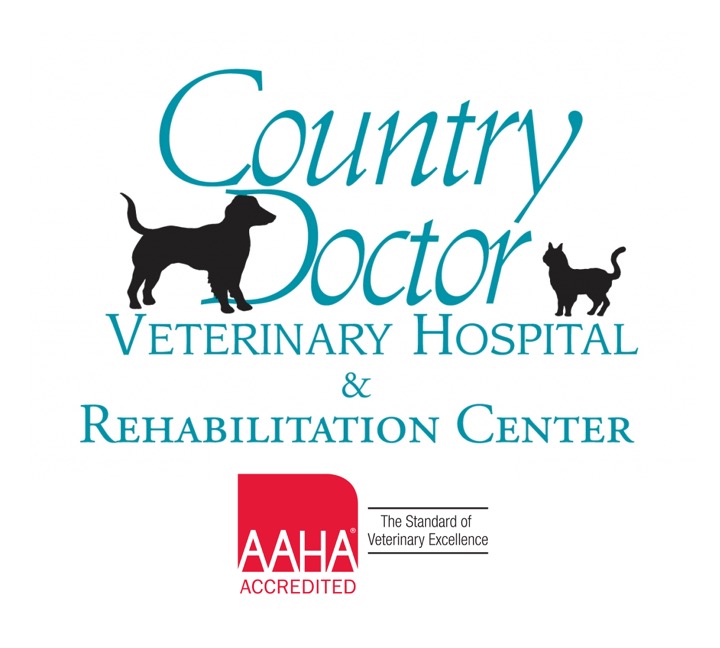Library
-
Cat food labels can certainly be confusing to interpret. In the United States, the Association of American Feed Control Officials (AAFCO) has developed model laws and regulations that states use for animal feeds. In Canada, pet food labeling guidelines are regulated by the Consumer Packaging and Labeling Act administered by Industry Canada. The Canadian government's Competition Bureau also has an extensive working group that upholds a voluntary code of conduct for the labeling and advertising of pet food. The most important information when comparing one dog food to another is the guaranteed analysis. Ingredient lists are somewhat useful when evaluating a particular cat food, but it is important to recognize the limitations. Talk to you veterinarian about the ingredient list and nutrient profile to help choose the diet that is right for your cat.
-
Dog food labels can certainly be confusing to interpret. In the United States, the Association of American Feed Control Officials (AAFCO) has developed model laws and regulations that states use for animal feeds. In Canada, pet food labeling guidelines are regulated by the Consumer Packaging and Labeling Act administered by Industry Canada. The Canadian government's Competition Bureau also has an extensive working group that upholds a voluntary code of conduct for the labeling and advertising of pet food. The most important information when comparing one dog food to another is the guaranteed analysis. Ingredient lists are somewhat useful when evaluating a particular dog food, but it is important to recognize the limitations. Talk to you veterinarian about the ingredient list and nutrient profile to help choose the diet that is right for your dog.
-
Diabetes mellitus is an inability to regulate blood glucose caused by a loss of insulin production (Type I) or inadequate insulin supply or resistance (Type II). In cats, diabetes mellitus is most often type II. This type of diabetes usually results from obesity, creating insulin resistance. Cats with type II may be treated with oral medication, but some cats may ultimately require insulin injections. Diet is also important. This article discusses various treatments and monitoring regimens.
-
Treats are a great way to bond with your dog but are an additional source of calories that must be considered within the overall diet. Treats should be no more than 10% of your dog's daily calorie intake and, in greater quantities, can create a nutritional imbalance. Consider choosing lower calorie treats for your dog to avoid exceeding the 10% rule.
-
This handout discusses the causes and potential treatments for excess gas (flatus or flatulence) in dogs. Factors such as diet, speed of eating, exercise and foods to avoid are highlighted.
-
Periodontal disease is the most common problem affecting dogs of all age groups. The importance of daily dental home care cannot be overemphasized. Nutrition can contribute to preventing periodontal disease and gingivitis.
-
This article reviews the advantages and disadvantages of the different food forms available for cats, including dry, canned, and semi-moist foods. Dry food, or kibble, is easy to portion control and can be fed in puzzle toys. Canned food is a good option but more expensive than kibble and does not last as long once opened. Semi-moist foods are generally not recommended as the main diet due to their high sugar and sodium content, as well as difficulty with portioning. Feeding a combination of canned and dry is recommended for young, healthy cats so that they are exposed to a variety of textures.
-
This article reviews the advantages and limitations of the different food forms available for dogs, including dry, canned, and semi-moist foods. Dry food, or kibble, is easy to portion control and can be fed in puzzle toys. Canned food is a good option but more expensive than kibble and does not last as long once opened. Semi-moist foods are generally not recommended as the main diet due to their high sugar and sodium content, as well as difficulty with portioning. Feeding a combination of canned and dry daily is an option and can help with acceptance of a variety of textures later in life.
-
Eclampsia in cats is a rare emergent condition of hypocalcemia that generally occurs one to four weeks after giving birth but can occur before. Risk factors include a poor diet, abnormal parathyroid gland, and calcium supplementation during pregnancy. Signs of eclampsia start as restlessness, panting, and stiffness and can progress to disorientation, tremors, inability to walk, and convulsions. Treatment includes intravenous fluids, careful intravenous calcium supplementation, and other supportive medications followed by oral supplementation and weaning kittens as soon as possible or supplementing their diet with milk replacer.
-
Eclampsia in dogs is an emergent condition of hypocalcemia that generally occurs one to four weeks after whelping but can also occur shortly before giving birth. Risk factors include a poor diet, small breed dogs, abnormal parathyroid gland, and calcium supplementation during pregnancy. Signs of eclampsia start as restlessness, panting, and stiffness and can progress to disorientation, tremors, inability to walk, and convulsions. Treatment includes intravenous fluids, careful intravenous calcium supplementation, and other supportive medications. This is followed by oral supplementation and weaning puppies as soon as possible or supplementing their diet with milk replacer.

